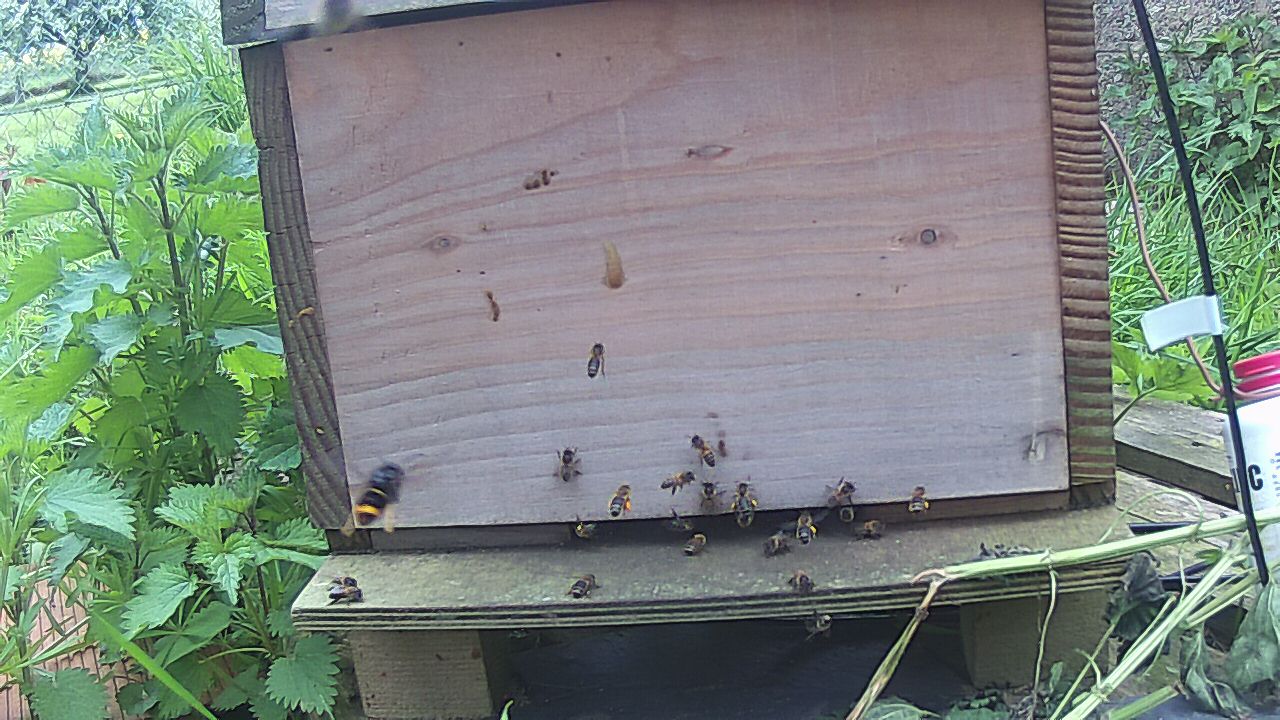Vespa Velutina detection
Hello,
I have some pictures taken in front of a beehive entry of Vespa Velutina, a bee predator.

(other images available at https://github.com/Jodaille/Jobee/blo...)
the annotations file: https://github.com/Jodaille/Jobee/blo...
I have made selections in this images :
opencv_annotation --annotations=annotations.txt --images=.
I have also negatives images: https://github.com/Jodaille/Jobee/tre...
and its file: https://github.com/Jodaille/Jobee/blo...
I have then created vectors file:
opencv_createsamples -info annotations.txt -bg negative.txt -vec positiveVectorFile.vec -w 10 -h 10
that give me : https://github.com/Jodaille/Jobee/blo...
and then using traincascade :
opencv_traincascade -data /home/jodaille/Jobee/OpenCv/data -vec positiveVectorFile.vec -bg negative.txt -numPos 10 -numNeg 10 -numStages 20 -w 10 -h 10
I have a OpenCv/data/cascade.xml result that I try to use with this script: https://github.com/Jodaille/Jobee/blo...
But it does not seem do detect the VV
I have tried different sizes changing : -w 10 -h 10 in createsamples and traincascade
Using opencv_visualisation with the casacade file it seems to analyse only a part of the image.
Are my images too big ? Should I use bigger width/height parameters ?

